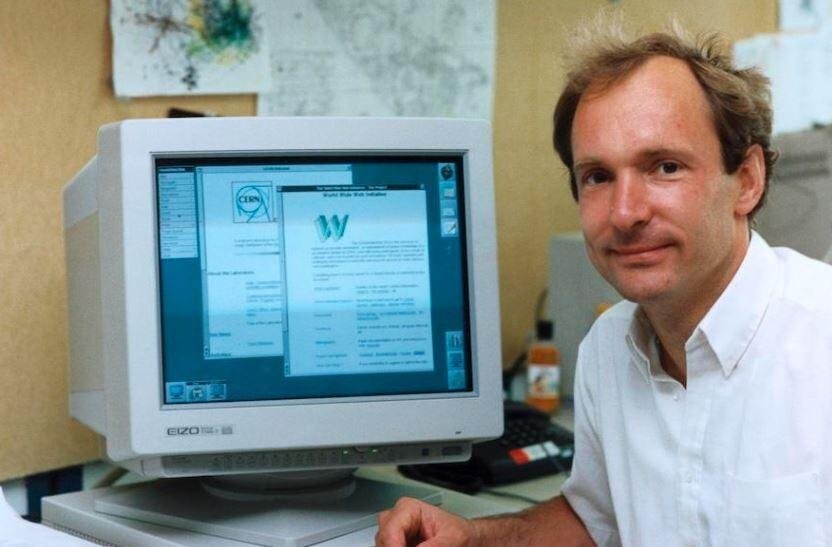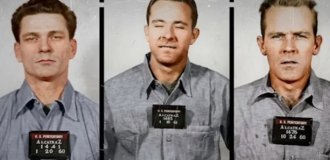What was the very first website in the world (1 photo)
The founder of the first website in the world is considered to be British physicist, scientist and talented programmer Tim Berners-Lee. While working at the European Center for Nuclear Research (CERN) in 1989, he proposed the idea of the World Wide Web to his division's leadership. The main goal was to simplify the sharing of data by putting it online so that scientists and researchers can more easily share information. 
Although the idea was approved, funding for the project was limited. Berners-Lee received only one personal computer from NeXT to conduct his experiments. Together with the Belgian developer Robert Caillot, in 1990, he managed to create the first website, as well as a web browser and page editor, using this computer.
A year later, or to be more precise, on August 6, 1991, the created website was launched, and on August 23 of the same year, public access was opened to it. Therefore, August 23 is considered the founding day of the World Wide Web. Although, some believe that not August 23, but still November 12 is the founding day of the World Wide Web. Because it was on this day that the WWW project was presented to management. It is worth adding that, regardless of the date, the WWW project became the starting point for the creation of the Internet as it is now.
The first website was quite simple: printed text and no computer graphics, much less multimedia. The website contained basic information about the World Wide Web project. The page demonstrated the capabilities of HTML (Hypertext Markup Language) and allowed users to follow links to open new pages. Later, the site became a kind of catalog of sites that, after the announcement of this technology, began to gradually appear.
Thus, thanks to the efforts of Tim Berners-Lee and his colleague Robert Cayo, the world's first website was created. This important moment in the history of information technology opened the door to a new world of free exchange of information and the incredible opportunities we have today thanks to the Internet.





















